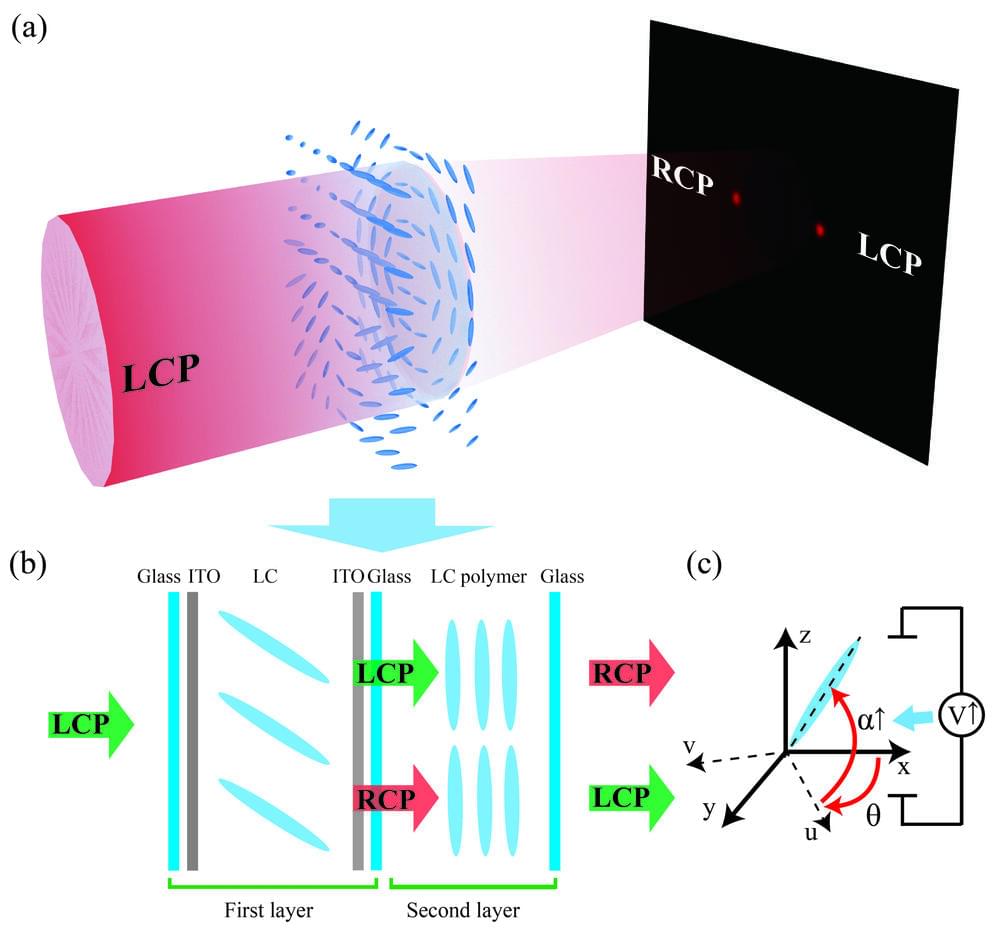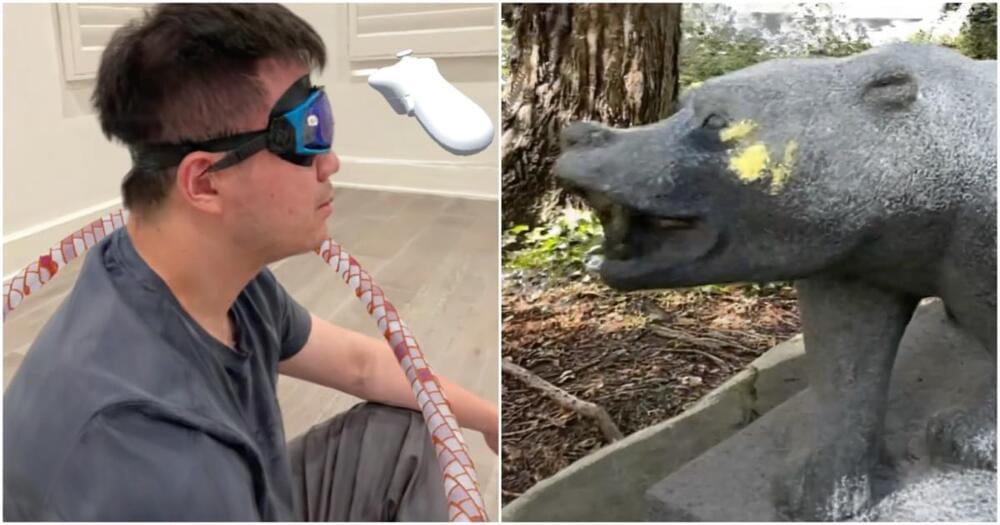Oct 2, 2024
Researchers harness liquid crystal structures to design simple, yet versatile bifocal lenses
Posted by Saúl Morales Rodriguéz in categories: biological, computing, virtual reality
Researchers have developed a new type of bifocal lens that offers a simple way to achieve two foci (or spots) with intensities that can be adjusted by applying external voltage. The lenses, which use two layers of liquid crystal structures, could be useful for various applications such as optical interconnections, biological imaging, augmented/virtual reality devices and optical computing.

















